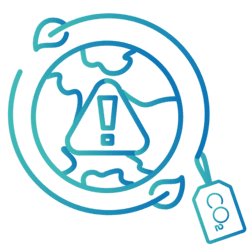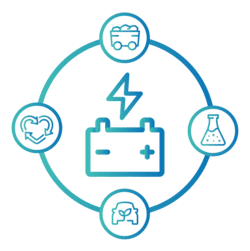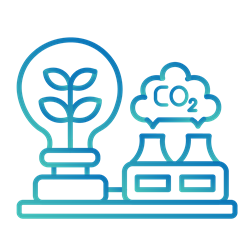Pioneering the path to a sustainable energy transition
Everyone seems to be talking about renewable energy right now, but what infrastructure do we need to achieve a full transition to 100% renewable energy? Leading industry experts will dive into the technologies, and success stories driving the shift towards a more sustainable energy landscape. Explore cutting-edge green energy infrastructure and its crucial role in tackling climate change.














